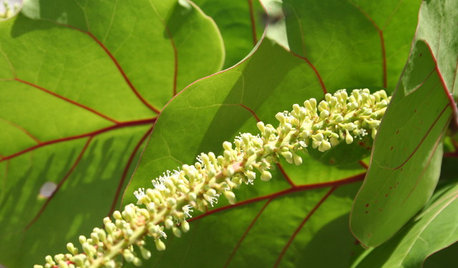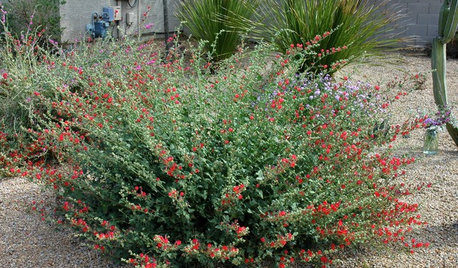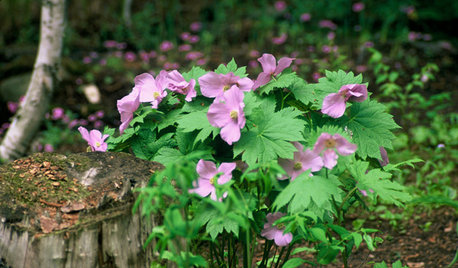Uncommon cold hardy fruit?
gliese
16 years ago
Related Stories

EDIBLE GARDENSHow to Grow 10 Favorite Fruit Trees at Home
Plant a mini orchard in fall, winter or early spring to enjoy fresh-off-the-tree fruit the following year
Full Story
FARM YOUR YARDIf You Have Room for Only One Fruit Tree ...
Juice up a small garden with one of these easier-care or worth-the-effort fruit trees for a mild climate
Full Story
LANDSCAPE DESIGNGreat Design Plant: Retreat to the Shade of Hardy Catalpa
Big foliage and a towering height provide a shady respite in summer, but that's not all hardy catalpa offers dedicated gardeners
Full Story
GARDENING GUIDESGreat Design Plant: Sea Grape, a Hardy Coastal Delight
Up to the high-tide line or even indoors, sea grape draws smiles for its looks and cheers for its tenacity
Full Story
GARDENING GUIDESSouthwest Gardener's February Checklist
Orange you glad for a citrus-fertilizing reminder? And don't forget the recommended doses of vegetable seeds and cold-hardy flowers
Full Story
EDIBLE GARDENSSummer Crop: How to Grow Blueberries
Plant blueberries in spring or fall for garden beauty through three seasons — and a sweet superfood in summer
Full Story
CONTAINER GARDENSPatio-Perfect Berry Bushes Like You’ve Never Seen
Small enough for pots but offering abundant fruit, these remarkable bred berries are a boon for gardeners short on space
Full Story
GARDENING GUIDES7 Shade-Loving Rarities of the Plant World
Cultivate a discriminating air in a shady garden patch with these uncommon woodland wonders
Full Story
EDIBLE GARDENSWhy Grow Quince? For Beauty, Fragrance and Old-Time Flavor
Delightfully perfumed fruit and lovely spring blossoms make this apple and pear cousin worth a spot in the garden
Full Story
EDIBLE GARDENSHow to Grow Your Own Luscious Cherries
Nope, they’re not the easiest fruit to grow. But with spectacular blossoms and pies as possibilities, cherries are sure worth a try
Full Story



glieseOriginal Author
lucky_p
Related Discussions
Will these uncommon hardy tropical edibles cold-hardy to zone 7A?
Q
Looking for cold hardy cuttings- Hardy chicago, alma,
Q
wanted: wanted: cold hardy fruit trees
Q
Standard Hass Avocado's cold hardy enough to fruit in Florida 9B?
Q
lycheeluva
glieseOriginal Author
warrenl
alan haigh
lycheeluva
wild_forager
theaceofspades
alan haigh
lucky_p
fruithack
peanuttree
peanuttree
chills71
joereal
lucky_p
jbe1
lucky_p
nullzero
warrenl
denninmi
atash
nullzero
chills71
denninmi
atash
alan haigh
chills71
denninmi
peanuttree
larry_gene
denninmi
atash
alan haigh
kiwinut
alan haigh
atash
alan haigh
oldroser
larry_gene
rosefolly
glieseOriginal Author
nygardener
glib
denninmi
njbiology
clarkinks
Hermitian
Nathan Aguiar